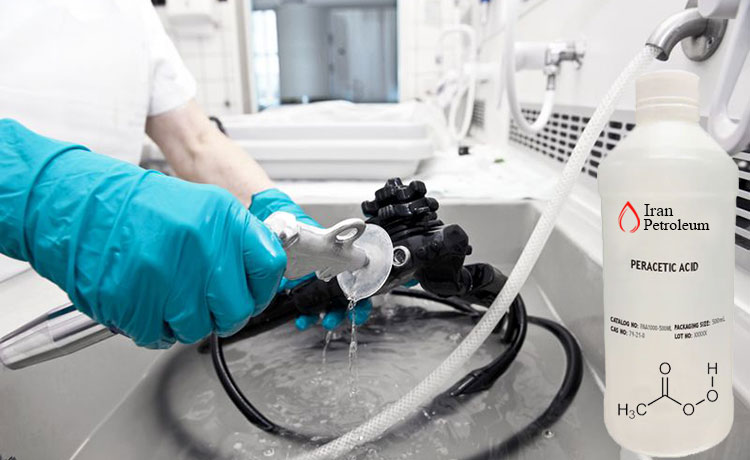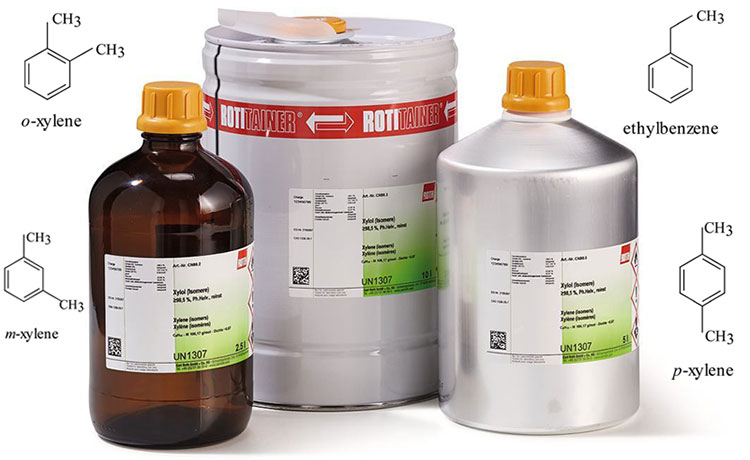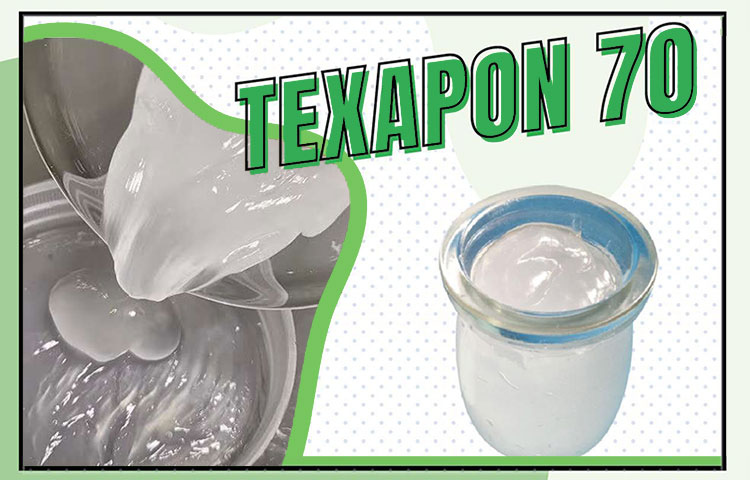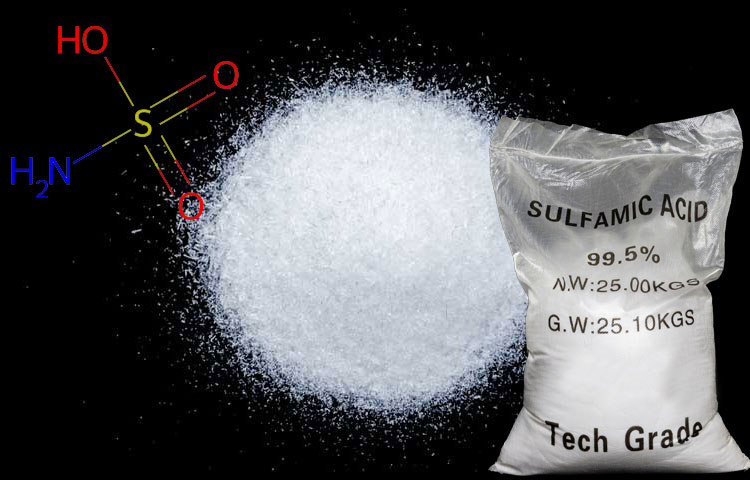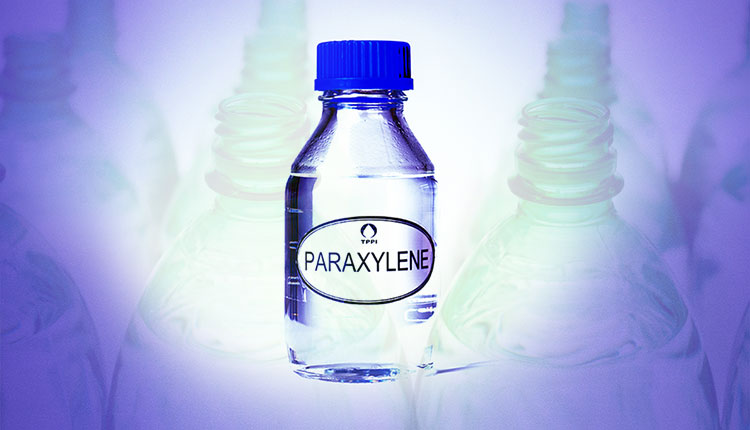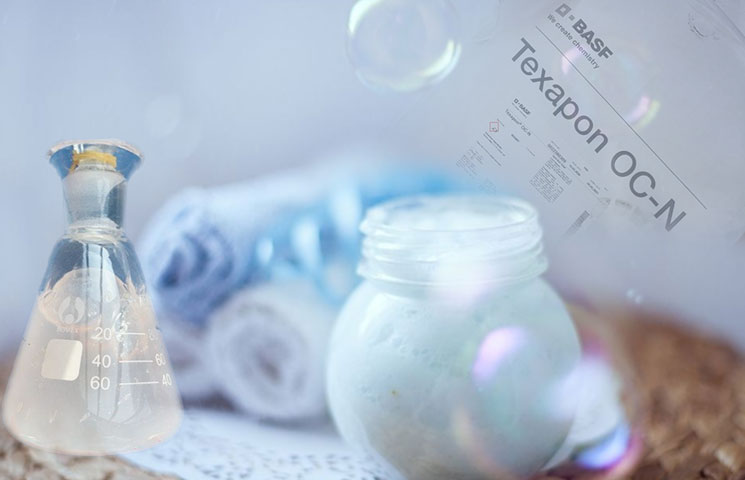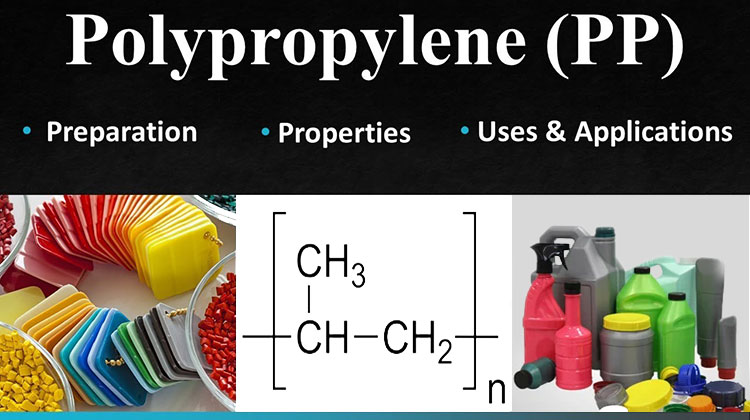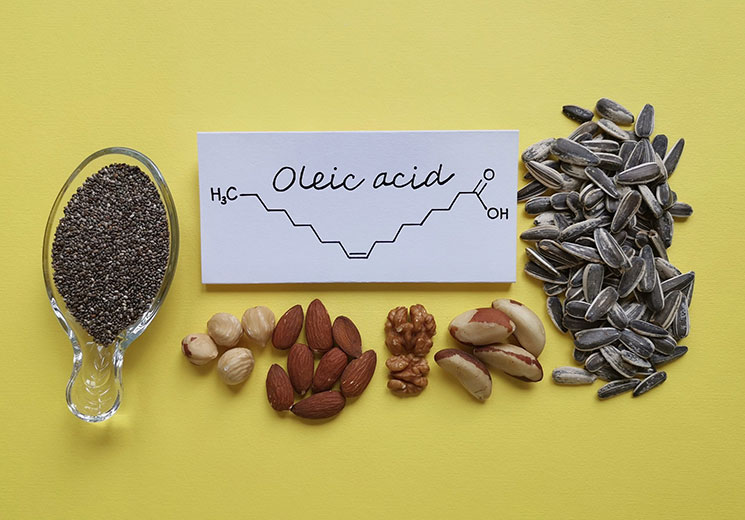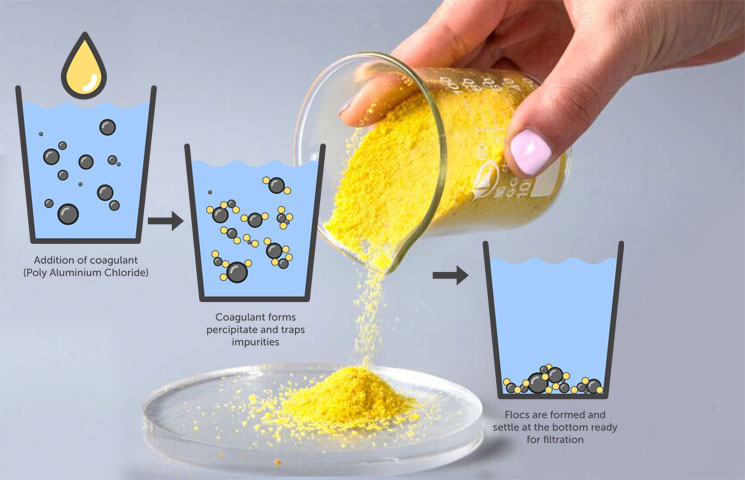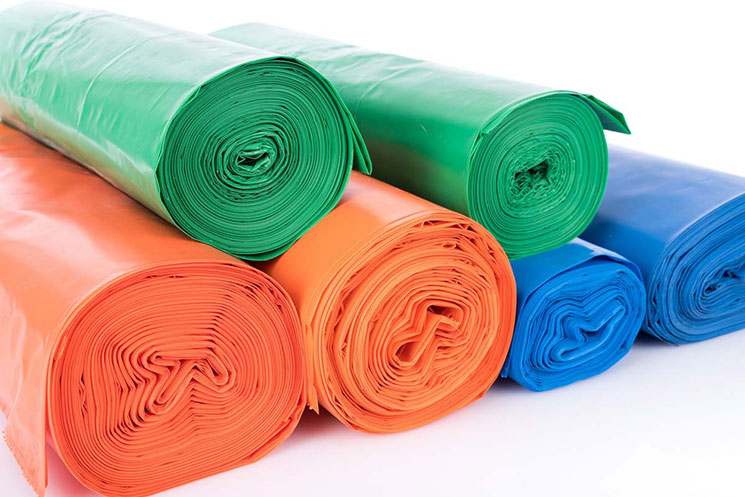Peracetic Acid
Peracetic acid, also called peroxyacetic acid or PAA, is an organic compound with the chemical formula CH3CO3H. This organic peroxide is a colorless liquid with a distinct pungent smell like vinegar, which is reminiscent of acetic acid and can be very corrosive. This material is a weaker acid than the parent acetic acid and its pKa is 8.2. Peracetic acid (C2H4O3) is a mixture of acetic acid (CH3COOH) and hydrogen peroxide (H2O2) in water.
Table of technical specifications of peroxyacetic acid
| The molecular formula of peracetic acid | C2H4O3 |
| Molecular weight | 76.05 g/mol |
| Appearance | Colorless liquid |
| Density | 1.04 g/cm3 |
| Melting point | 0 °C |
| Boiling point | 110 °C |
The production method of peracetic acid
Peracetic acid is produced industrially by the oxidation of acetaldehyde:
O2 + CH3CHO → CH3CO3H
This substance forms a strong acid when treating acetic acid with hydrogen peroxide with a catalyst:
H2O2 + CH3CO2H ⇌ CH3CO3H + H2O
As another option, acetyl chloride and acetic anhydride can be used to produce an acid solution with lower water content. This material is produced by the reaction between hydrogen peroxide and acetic acid:
Acetic acid + hydrogen peroxide → peracetic acid
Peracetic acid can also be produced by the oxidation of acetaldehyde. This material is usually produced in concentrations of 15%.
When peracetic acid dissolves in water, it decomposes into hydrogen peroxide and acetic acid, which, as the water breaks down, oxygen and carbon dioxide lost. The degradation products of peracetic acid are non-toxic and can be easily dissolved in water. This material is a very strong oxidant that overestimates the oxidation potential of chlorine and chlorine dioxide.
Peracetic acid is also produced by some laundry detergents. This route involves the reaction of tetraacetylethylenediamine in the presence of an alkaline solution of hydrogen peroxide. This material is an effective and stronger bleaching agent than hydrogen peroxide itself. (PAA) also occurs naturally in the environment through a series of photochemical reactions involving formaldehyde and photo-oxidizing radicals.
This material is always sold as a mixture of acetic acid and hydrogen peroxide in a solution, to maintain its stability. The concentration of acid as an active ingredient can be different.
Click on the link below to read more:
